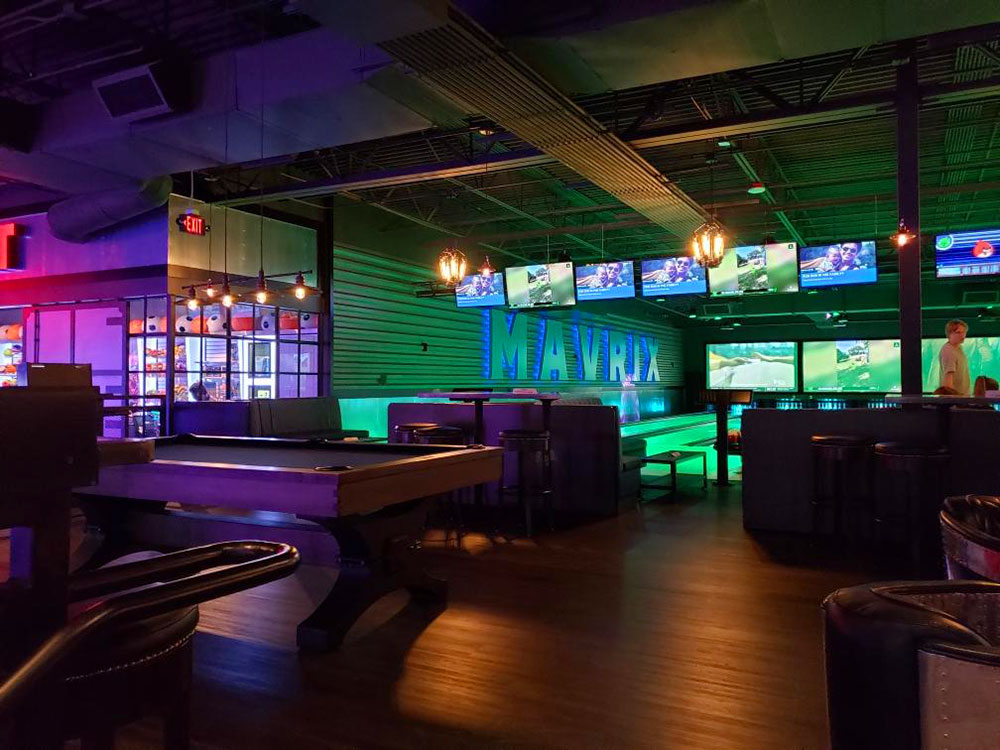
The Commons is rarely a forum for craft. Policy, economics, foreign affairs. One late night in Westminster, the subject was neon. Ms Qureshi, stood with conviction. Her message was uncompromising: authentic neon is cultural heritage. She contrasted it with cheap LED substitutes, arguing they dilute the name neon. Marketing should not blur the definition. Chris McDonald, MP for Stockton North, speaking of local artists. Cross-party nodding followed.
Statistics gave weight to the passion. Only 27 full-time neon benders remain in Britain. No apprentices follow. Without action, a century-old craft may die. Qureshi proposed legal recognition, similar to Harris Tweed. Preserve authenticity. Support also came from Jim Shannon, DUP, adding an economic perspective. Neon remains a growth sector. His point: heritage and commerce can co-exist. Closing remarks came from Chris Bryant, Minister for Creative Industries.
He teased the chamber with jokes, drawing laughter. Yet beyond the humour, he recognised the seriousness. He recalled iconic glows: the riot of God’s Own Junkyard. He emphasised longevity. Where lies the problem? The issue is clarity. LED products are marketed as neon. That diminishes value. It is no different to whisky or Champagne. If Harris Tweed must be Hebridean, then neon should mean glass and gas. The debate mattered beyond signage. Do we accept homogenised plastic across every street?
At Smithers, the stance is firm: real neon matters. So yes, Parliament discussed neon. No law has passed yet. But the campaign is alive. If MPs can recognise craft, so can homeowners. Reject plastic strips. Support artisans.
If you cherished this article and you would like to obtain more info relating to Signs & Lights Studio please visit our web-site.
